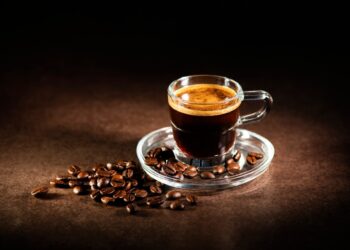If you walk along the Avenue of the Americas, in New York’s Central Park, you can find the sculptures of American liberators Simón Bolívar and José de Martín and, by them, is that of José Martí, ordered by the Cuban government in the 1950s from U.S. artist Anna Hyatt Huntington.
It is the only sculpture representing the Cuban National Hero at the moment in which, mortally wounded, he fell in battle in Dos Ríos, one of the most moving scenes of Cuban History. The statue projects the hero’s strength and, at the same time, is able to represent tenderness, serenity and conviction through the movement and expression in Martí’s face at the moment in which he gave his life for Cuba’s freedom. At the foot of the monument, among other inscriptions, it says: “his literary genius vied with his political foresight and his spirit of sacrifice.”
Fifty years after being placed in New York’s Central Park (1967), the only replica of Martí’s equestrian sculpture arrived in Havana as a present to the Cuban people, financed with the contributions of U.S. citizens and Cubans resident in that country who were able to collect 2.5 million dollars to make come true a gesture that expresses the persistence of this deep-rooted affection.
The sculpture’s replica is located, since October 2017, in the garden facing the former Presidential Palace. The beautiful present, which came from the country that served as refuge to Martí, where he spent the most fruitful 15 years of his life and from which he received great influence for the forging of his well-outlined ideals, makes us feel the affection and respect that the Cuban people awaken in the men and women of goodwill who live and dream and work for a better future for both countries, while it brings back to us the sacred image of he who is engraved with indelible letters in the very essence of the Cuban nation.









